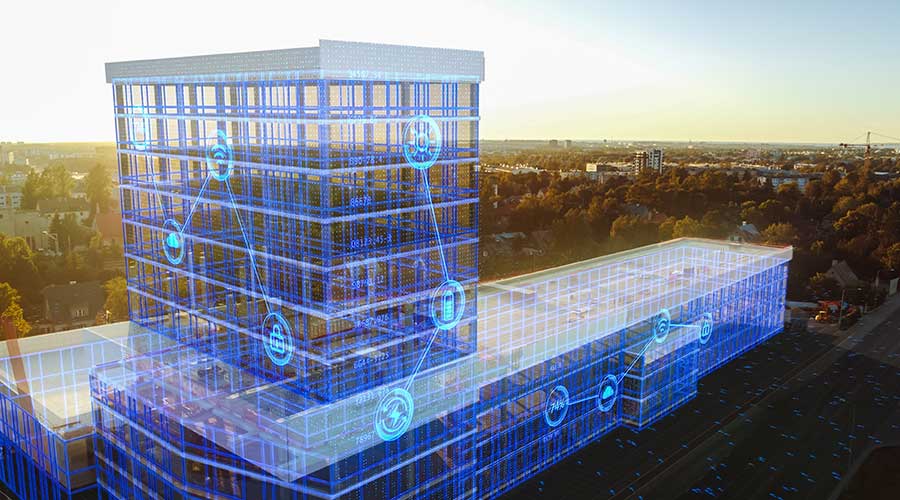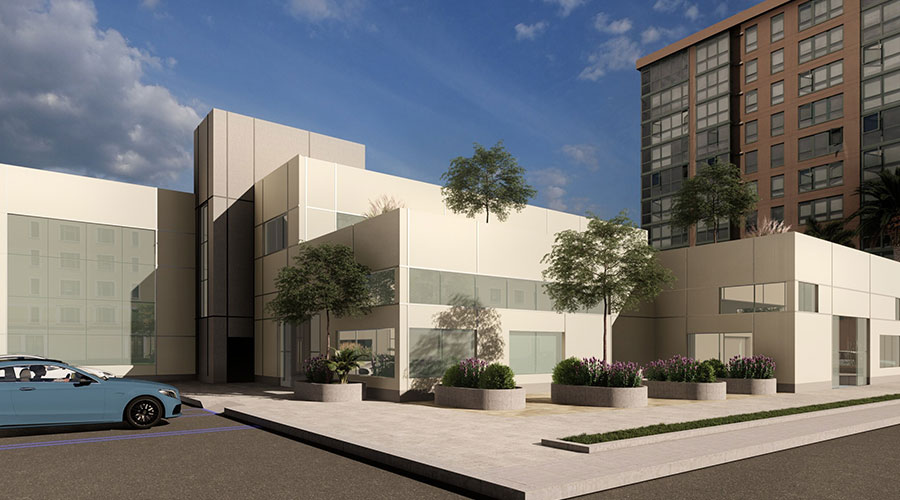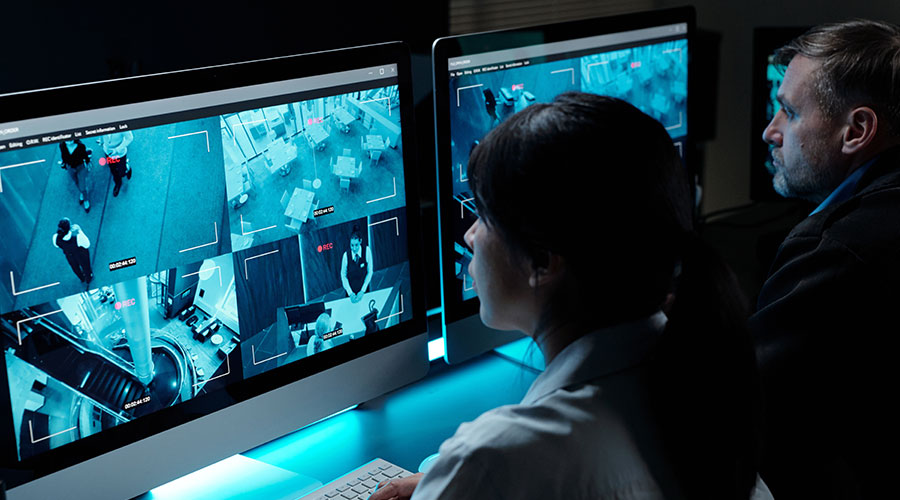Digital healthcare is a hot topic these days, it is essential to consider the subsequent developments that will follow this digital revolution. Digital healthcare is a catalyst for promoting evolution in healthcare design, and its impact is critical. Beyond creating exceptional digital solutions, it is imperative that these tools seamlessly collaborate with the people – healthcare professionals and patients – who engage with them. This is where human-centered design (HCD) comes into play.
HCD prioritizes the human experience throughout the design process, aiming to establish environments that are accessible, intuitive, and responsive to human needs. When digital healthcare and HCD seamlessly converge, they form an alliance capable of transforming the healthcare landscape. By weaving technology into the fabric of healthcare, designers can optimize processes, address foundational needs, reshape workflows and tackle inherent challenges at the heart of healthcare.
Digital signage and intelligent controls
In the realm of healthcare spaces, one area where digital solutions meet human needs is communication and engagement within facilities. Digital signage is a diverse electronic tool that delivers tailored engagement experiences to all users of a healthcare facility. Healthcare facility managers can deploy it to deliver clear, concise communication across clinical teams and engage patients and their caregivers with critical information and wayfinding, boosting operations and enhancing the overall patient experience.
Operating around the clock, healthcare environments uniquely showcase the broad advantages of smart technology. Building controls that are seamlessly integrated into facility infrastructures serve a dual purpose.
First, they underscore a commitment to environmental stewardship, driving sustainability and aligning with net-zero carbon goals. Second, they contribute significantly to the well-being of staff and patients. Combining technology with healthcare infrastructure is not just a perk. It has become imperative, reshaping staff efficiency, patient care and environmental responsibility.
Beyond environmental benefits, managers can leverage intelligent building controls and other digital tools that impact the built environment to create spaces that dynamically cater to human needs. For example, ventilation systems, heating, and circadian lighting can automatically adjust based on occupancy and user preferences, contributing to the comfort and well-being of occupants. This aligns with the overarching goal of creating spaces that are user-friendly and responsive.
Integrating HCD principles
While wayfinding and building controls enhance navigation and make patients and staff members more comfortable, other digital technology advances help create responsive and adaptive spaces. Notably, advances in telemedicine foster a continuum of care, prompting a reconsideration of patient areas to accommodate technology-enabled remote monitoring.
Consider traditional waiting rooms. If a facility embraces an entirely digitized check-in station and virtual waiting room platform, the result would be a streamlined scheduling process, optimized consultation rooms, substantially optimized patient flow, and minimized on-site wait times.
It also introduces a "wait anywhere" approach in which patients are not confined to traditional waiting areas but can use outdoor spaces or nearby facilities. Patients receive mobile alerts, notifying them when it is their turn, and they are guided back to the facility in time for their appointment.
Inspired by the principles of HCD, this newfound spatial freedom opens up exciting possibilities. What was once a crowded waiting room can now be transformed into various valuable spaces — an educational center hosting health workshops, a peaceful relaxation zone or additional consultation rooms to expedite patient care.
In another scenario, implementing digital inventory management systems, centralized supply chain solutions and autonomous mobile robots in transport and logistics can significantly improve space utilization, reducing the necessity for satellite storage throughout a healthcare facility. Ward space previously reserved for just-in-case inventory becomes available to reimagine the layout.
This approach opens up new possibilities for these areas, such as creating single-patient rooms that prioritize privacy and introduce amenities for the well-being of patients and their families and developing multi-functional spaces designed for group therapy, educational sessions or community support groups.
Incorporating telemedicine and virtual care solutions also could reduce foot traffic in healthcare facilities. The decreased need for in-person visits might result in reduced demand for parking spaces, paving the way for transforming these areas into outdoor spaces, therapeutic gardens or exercise areas. Adhering to HCD principles, these outdoor spaces can evolve into sanctuaries promoting relaxation, physical activity and mental well-being for patients and staff.
Redefining physical spaces
The progression of digital innovation in healthcare settings unfolds as a transformative journey, starting with the assimilation of digital healthcare tools. These tools play a pivotal role in addressing immediate challenges, creating opportunities rich with potential.
The next leap in this journey involves harnessing these digital advances to incorporate and embrace HCD principles. This integration amplifies the human experience in healthcare environments, and the dual synergy transcends mere operational and clinical efficiencies, heralding a new era of human-centric healthcare spaces.
Looking to the future of digital healthcare and its impact on physical spaces, healthcare facilities managers must prioritize integrating digital innovations into their design frameworks. Human-centered design will require a collaborative effort involving technologists, architects, clinicians, and patients. By advocating for patient-centered care, resource optimization and efficient space utilization, organizations can move toward a healthcare environment that is efficient and responsive, as well as caring and compassionate.
Con McGarry is a senior consultant, digital healthcare, with Arcadis.

 How Healthcare Facilities Can Be Truly Disaster-Resilient
How Healthcare Facilities Can Be Truly Disaster-Resilient TriasMD Breaks Ground on DISC Surgery Center for San Fernando Valley
TriasMD Breaks Ground on DISC Surgery Center for San Fernando Valley Bigfork Valley Hospital Falls Victim to Data Breach
Bigfork Valley Hospital Falls Victim to Data Breach AI-Driven Facilities: Strategic Planning and Cost Management
AI-Driven Facilities: Strategic Planning and Cost Management  Double Homicide Suspect Hides from Police in Upstate Community Hospital
Double Homicide Suspect Hides from Police in Upstate Community Hospital